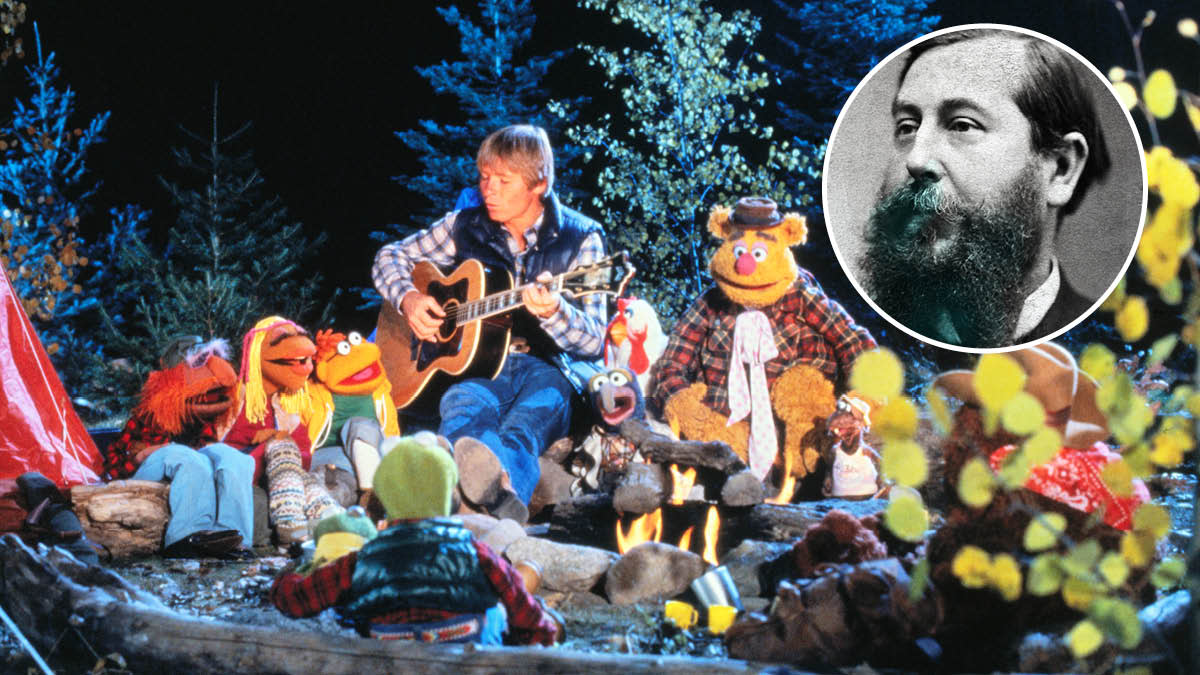You've heard it in The Muppets and Ren and Stimpy – now learn Delibes' quirky masterpiece Pizzicato

- Oops!Something went wrong.Please try again later.
Clément Philibert Léo Delibes was a composer from the Romantic period lauded internationally for his operas and ballets. Born in Saint-Germain-du-Val in France in 1836, Delibes was an only child who showed prodigious musical ability in his youth.
His fine singing voice was noticed, and as a youth he sang in church choirs and even at the Paris Opera. He was accepted to study at the Paris Conservatoire at the age of 12 and quickly excelled at piano, organ, and composition. He would later return to the Conservatoire where he taught composition.
While still a student, Delibes was appointed organist at a local church and became accompanist for the opera company Théâtre Lyrique. Through the latter he became proficient at playing many famous operas by his peers and contemporaries; these included The Marriage Of Figaro and Faust.
Having already been exposed to opera from his mother’s side of the family, herself the daughter of an opera singer, it is no surprise that Delibes went on to be a prolific composer of opera music. His early stage works, first performed in 1856, were comedy operas.
From this point on he continued composing comic operas, at the rate of about one a year. These were well received and showed off Delibes’ artistic flare when composing music that was humorous in nature – something evident in our classical guitar arrangement of his Pizzicato.
His legacy is particularly strong today as many of his ‘ear worm’ tunes are regularly referenced in mainstream popular culture – the famous Flower Duet from his opera Lakmé, aside from being a popular concert piece, has been frequently used in TV, film, and video games.
Recent references include the film Meet The Parents and the popular video game Red Dead Redemption 2, but regrettably many of us will simply know the Flower Duet as the music from the British Airways commercials, which it has been for well over 30 years.
This arrangement is Delibes’ other famous ear worm, the Pizzicato from his ballet Sylvia. Popular in cartoons throughout the 80s and 90s including the absurd Ren and Stimpy Powdered Toast Man episode as well as multiple appearances in The Muppet Show.
It’s a fun light-hearted piece to play and even more fun to listen to so enjoy entertaining your friends and family with this one.
Technique Focus: String orchestra in your palm
We will be employing a technique known as palm muting to achieve a dampened pizzicato sound to the guitar tone. Simply rest the side of your plucking hand against the strings right up against the bridge and pluck the notes with your thumb and fingers as you usually would.
If you’re new to palm muting, you may find you need to spend a little time adjusting the hand position to find the sweet spot for pizzicato – if you cover too much string you end up with no string tone at all but if you’e too far over the bridge you end up not muting the string enough. Everyone’s hands are different so it will be very much trial and error at first.
Note that you will need to tune your guitar to (low to high) CGDGBE for this arrangement – simply drop the pitch of the lowest two strings.
Delibes' Pizzicato – classical guitar arrangement
Playing Notes
In bars 3 and 4 to achieve the triplet harmonics pluck the first triplet with your thumb then the remaining triplets as pick harmonics. These harmonics’ nodes are located over the soundhole so do not have a corresponding fret for guidance. So get your plucking hand into the position it needs to be in to achieve them.
This piece is largely a melody accompanied by an Alberti-style bass, with minimal accompaniment. Pluck bass notes with the thumb, and everything else with the fingers.
In bar 7 use first and fourth fingers as guides to slide between the second and third chord of the bar. In bar 11 use the second finger as a guide to slide between the second and third chord. In bar 23 use the first finger as a guide to slide between the second and third chord of the bar.

